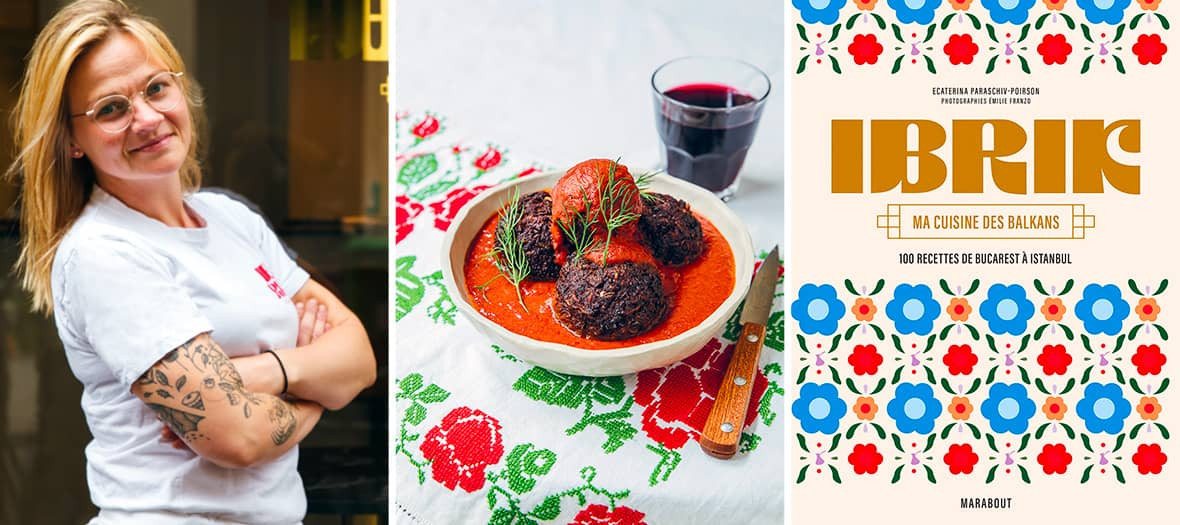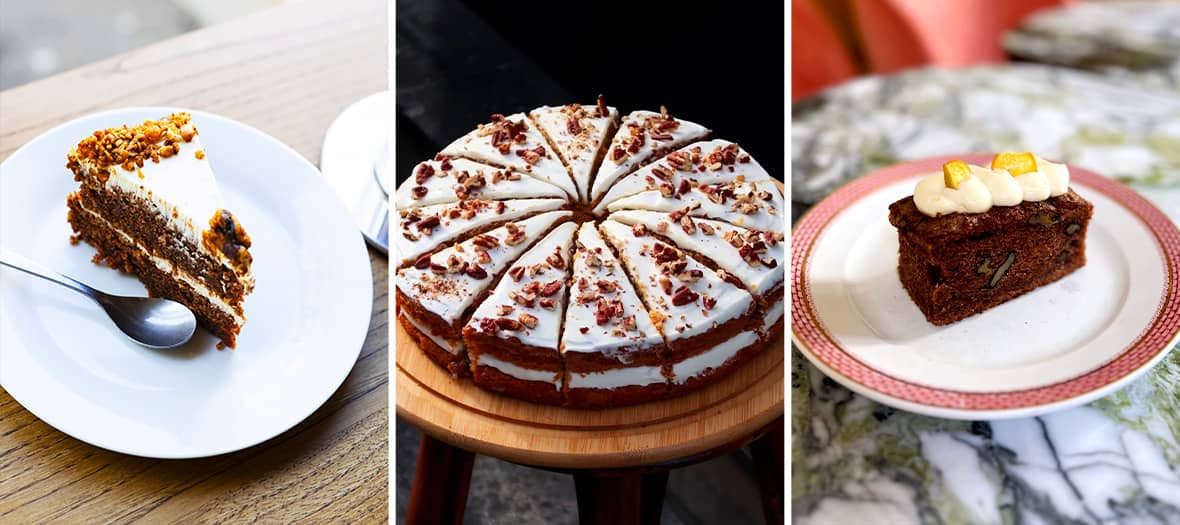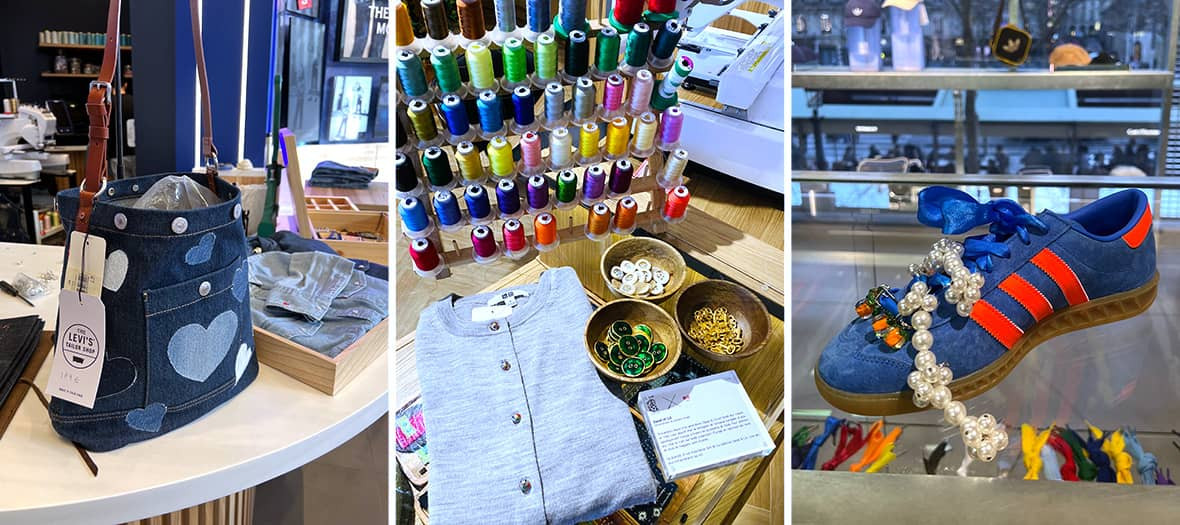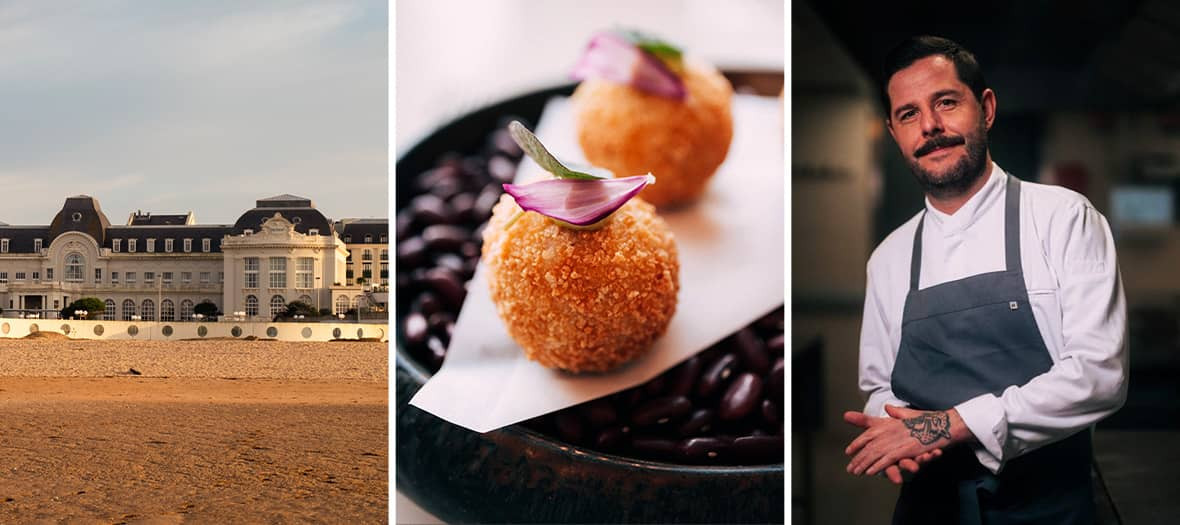With her first book, "Glucose Revolution," released last year, translated into 41 languages, and selling 1 million copies, 30-year-old French biochemist and author Jessie Inchauspé has become a social media sensation, amassing a community of 2 million followers. Her credo? Flattening the glucose curve (blood sugar levels) by avoiding spikes to stay fit and healthy with simple and effective tips.
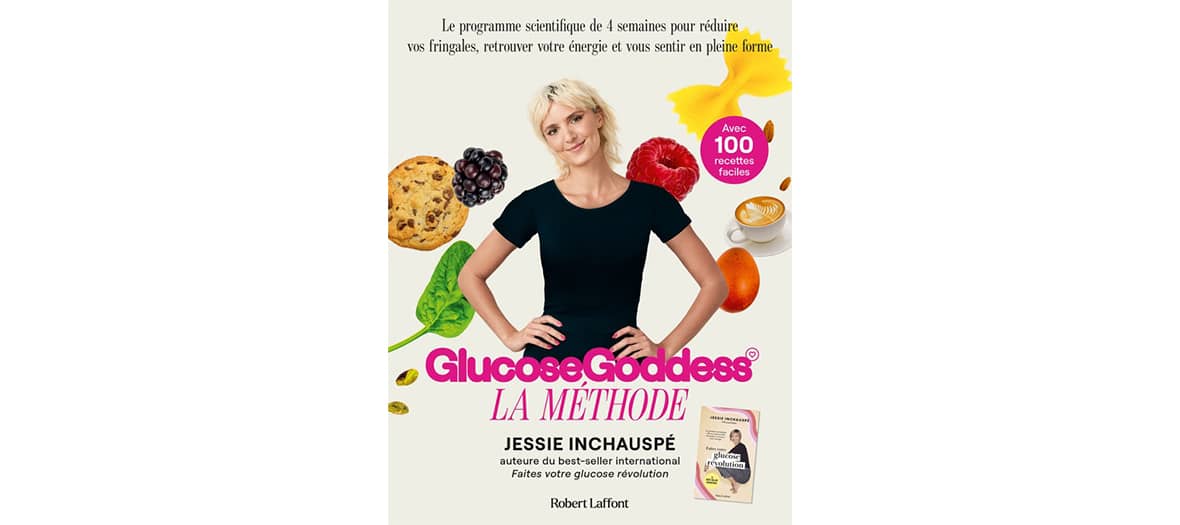
Jessie Inchauspé's Book: Glucose Revolution
The most glamorous scientist in Paris is back this year with her new book, "The Glucose Goddess Method," offering a simple, fun, and non-restrictive program with about fifty recipes to easily and deliciously manage your glucose levels in 4 weeks.
We met her at Soho House, where she was busy with interviews. Immediately, we were captivated by her stunning appearance, overflowing energy, kindness, and genuine smile. Here's our interview.
How Do You Explain Such Success?
There are several reasons. Firstly, people are tired of diets; they want more simple, common-sense advice based on scientific studies. I grew up reading Elle, which asked every week, “How to lose 3kg in 3 days?”. People are fed up; they want to return to basics and science. We’re moving away from diets and trying to understand scientifically and biologically how our bodies really function, without making food the enemy. Instead, we aim to understand, tame, and become friends with it. Also, the studies and science I present are very recent and haven't been shared before. The novelty effect definitely plays a role!
Why Publish a Second Book on the Same Topic?
Because readers of my first book started sending me messages saying, “Jessie, please move in with me to help me apply everything in the book!” They wanted a plan, a step-by-step guide, with lots of recipes. I wondered how I could create a practical companion guide to the first book. I transformed the 4 most important tips into a 4-week method, with one tip per week. This practical approach helps people get started, giving them a sort of automatic routine for the rest of their lives.
What is Glucose?
It’s our body’s preferred energy source. Every cell in our body uses glucose to create energy: my fingers’ cells use glucose to move, my heart to pump... We provide glucose to our bodies by eating carbohydrates (pasta, rice, potatoes...) and sugary foods (fruits, cakes...). When we give too much glucose to the body, it's like overwatering a plant that will inevitably die. Under a heavy influx of glucose, the body starts developing symptoms. So, we shouldn’t overdo it.
When is There Too Much Glucose?
Medically, you're considered diabetic when your fasting blood glucose level exceeds 110 mg/dL and prediabetic at 100 mg/dL. The problem is many doctors wait until their patients reach this threshold to act... and it’s already too late. We don’t need to ingest that much glucose daily. So, how do we consume it (because it’s still nice) with less impact on glucose levels? That’s where my method comes in.
What Are the Consequences of Glucose Spikes?
The most common problems are cravings, energy crashes, poor sleep, difficult menopause, fertility issues, skin problems, mood swings, hormonal issues, and long-term diabetes. Every system in the body is affected.
What Are Your First Easy-to-Apply Tips?
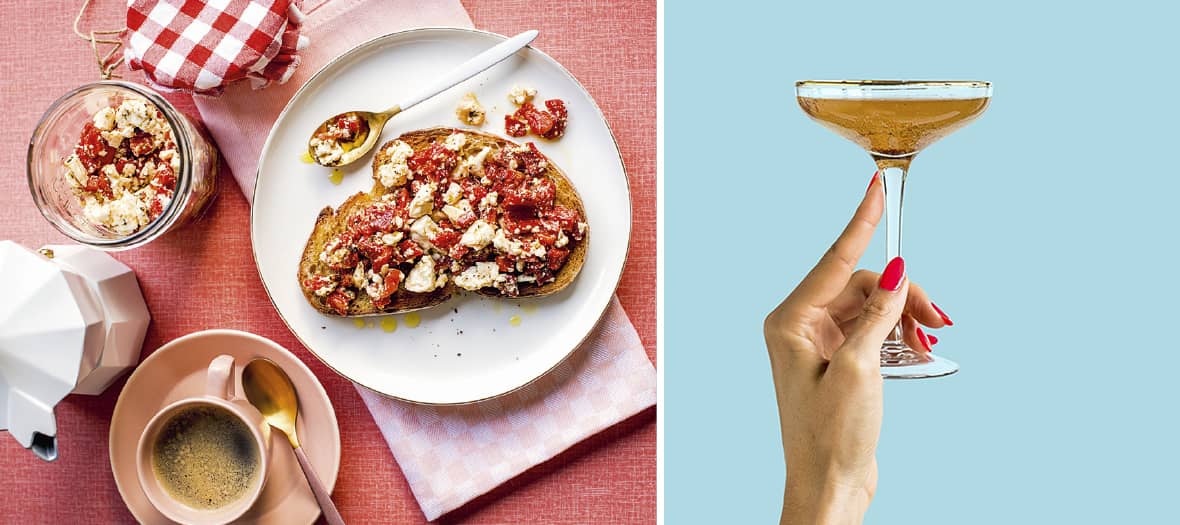
- Start with a Savory Breakfast: The most important tip is to start with a savory breakfast, not a sweet one. In France, this is tough, I know. But a sweet breakfast causes a big glucose spike, leading to cravings and fatigue all day. Prefer proteins: leftovers from dinner, eggs, ham, fish, cheese, dairy... This is crucial for energy all day.
- Eat Vegetables First: At meals, start with vegetables, ideally making up 30% of the meal. That’s why I include many vegetable recipes in the book.
- Use Vinegar: When eating something sweet or high in carbs (a big bowl of pasta, a cookie...), have a tablespoon of vinegar in water beforehand. The vinegar reduces the meal’s glucose spike thanks to its acetic acid, which affects digestion and slows glucose appearance in the blood.
- Move After Meals: Get in the habit of moving for 10 minutes after eating. If you stay sedentary, all the glucose from the food will flood into the blood, causing a spike. Walk, tidy up, do laundry... The body will use the meal’s glucose to fuel muscles, reducing the spike.
- Whole Fruits Over Juice: Don’t assume everything from fruit is healthy. When eating fruits or fruit-based foods, prefer whole fruits over juice. Despite its sugar content, the whole fruit contains fibers that slow the sugar’s impact on glucose levels. Juice lacks these fibers, so all the sugar hits the body quickly.
Salty breakfast, veggies first, vinegar, post-meal movement, and whole fruits: these 5 tips form the basis of my method. I genuinely want to help people start and maintain these good habits.
Will You Lose Weight with This Method?
Even though it’s not the priority, generally, you reduce cravings, feel less hungry, burn more fat, have less insulin in the body... so your body burns more fat. Yes, you can lose weight. In my study, 40% of those who followed the method lost weight in 4 weeks without dieting, just by rebalancing their bodies.
Thanks to Jessie for answering our questions. Find all her latest updates on glucosegoddess.com and her Instagram account.










